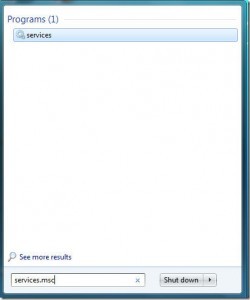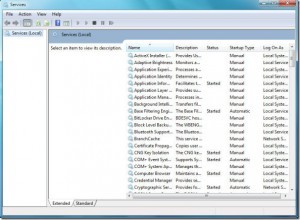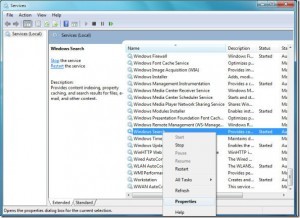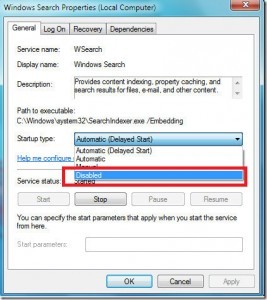In order to speed up the search process, the search indexing service scans through the files and folders on the Windows system and records information about them in an index file. But it also consumes some resources of the system, so for the users with a slow computer it is beneficial to turn off search indexing. Go through the following simple steps to disable search indexing.
First of all click Start, type services.msc and press Enter.

This will open Services dialogue box.

Now locate the Windows Search service in the list of services, right click it and choose Properties.

In the startup type drop down box, choose the Disabled option.

Click the Apply button, reboot your computer and that’s it, Search Indexing has been disabled. Enjoy!




